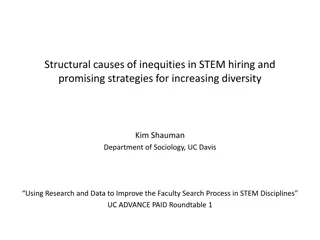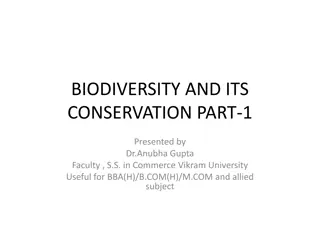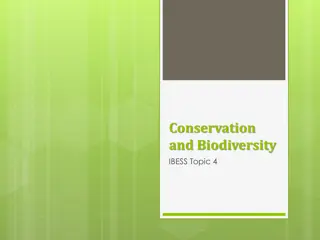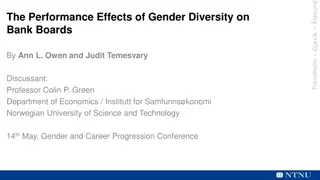UNIT-1 DIVERSITY IN THE LIVING WORLD
This chapter explores taxonomic categories within the living world. It delves into the classification of organisms based on shared characteristics, leading to a better understanding of biodiversity and species differentiation. The content covers the hierarchical structure of taxonomic classifications, highlighting the importance of systematic organization in the realm of biology.
Download Presentation

Please find below an Image/Link to download the presentation.
The content on the website is provided AS IS for your information and personal use only. It may not be sold, licensed, or shared on other websites without obtaining consent from the author.If you encounter any issues during the download, it is possible that the publisher has removed the file from their server.
You are allowed to download the files provided on this website for personal or commercial use, subject to the condition that they are used lawfully. All files are the property of their respective owners.
The content on the website is provided AS IS for your information and personal use only. It may not be sold, licensed, or shared on other websites without obtaining consent from the author.
E N D
Presentation Transcript
UNIT I DIVERSITY IN THE LIVING WORLD CHAPTER 1 The Living World Taxonomic Categories 1
TAXONOMIC CATEGORIES * Classification involves hierarchy of steps. * Each step represents a Rank or Category. Category is the part of overall taxonomic arrangements Taxonomic Categories. All categories together constitute Taxonomic Hierarchy. Each category is referred to as Unit Of Classification. Hierarchical Organization: Taxonomic categories are organized in a hierarchical manner, with each category becoming more specific as we move down the hierarchy. 2/10
TAXONOMY Taxonomy is the science of classifying and naming organisms based on their characteristics, relationships, and evolutionary history. 3/10
KINGDOM The highest taxonomic category, where organisms are grouped based on their fundamental characteristics. The five kingdoms are Monera, Protista, Fungi, Plantae, and Animalia. 4/10
PHYLUM / DIVISION The next level of classification after kingdom, where organisms within a kingdom are further divided based on shared characteristics. Examples include Chordata, Arthropoda, Bryophyta, and Coniferophyta. 5/10
CLASS Further subdivision of phylum/division, where organisms sharing common characteristics are grouped together. Examples include Mammalia, Insecta, Aves, and Reptilia. 6/10
ORDER The next level of classification, where organisms within a class are categorized based on similarities. Examples include Carnivora, Coleoptera, Rodentia, and Primates. 7/10
FAMILY Classification category above genus, consisting of related genera. Examples include Felidae, Canidae, Rosaceae, and Poaceae. 8/10
GENUS A group of closely related species that share common characteristics. Examples include Panthera, Canis, Rosa, and Zea. 9/10
SPECIES The most specific taxonomic category, representing a group of organisms that can interbreed and produce fertile offspring. Each species has a unique scientific name based on binomial nomenclature (e.g., Panthera leo for lions). 10/10























